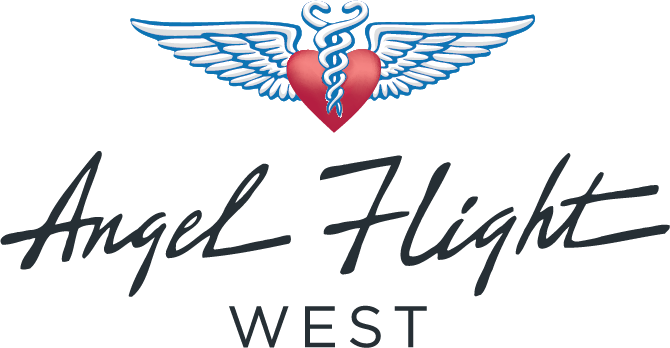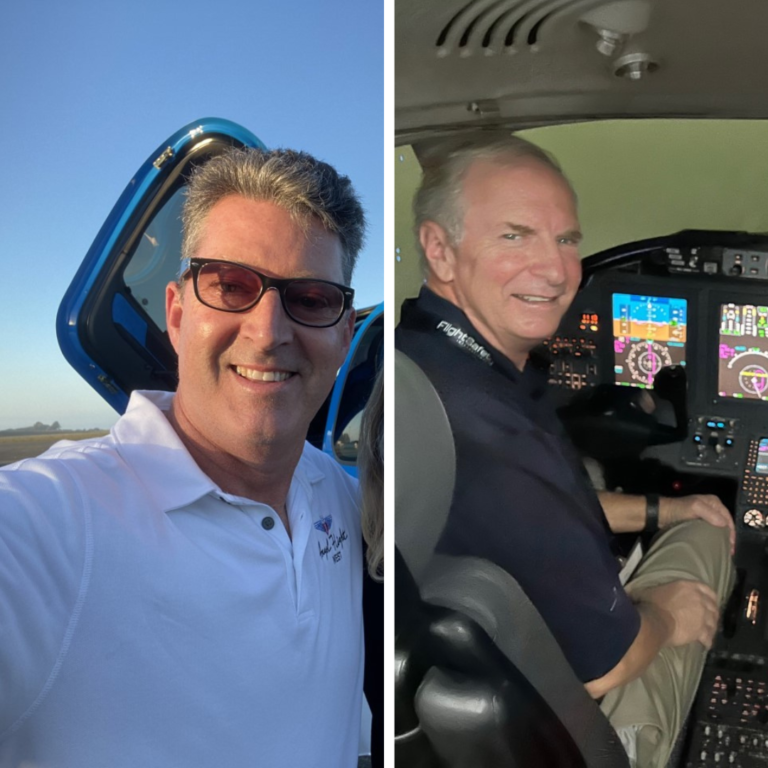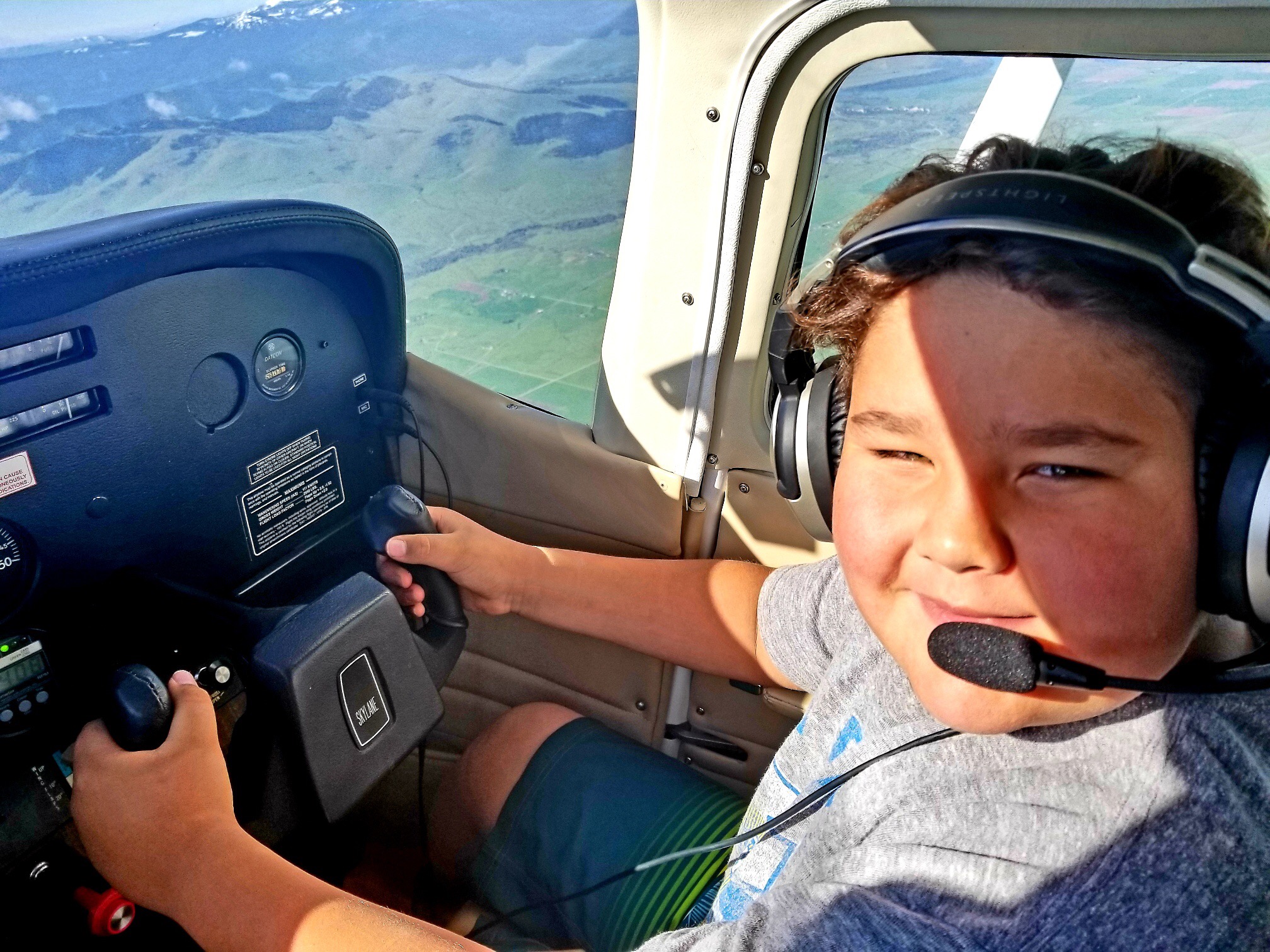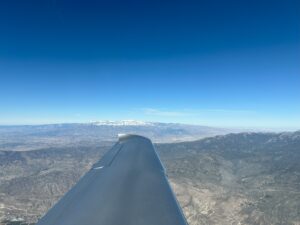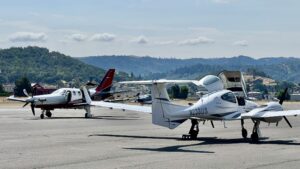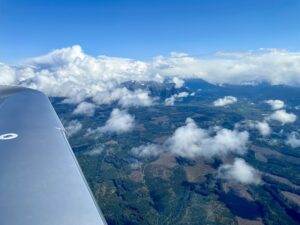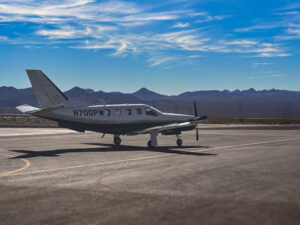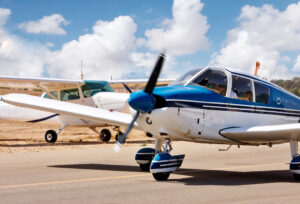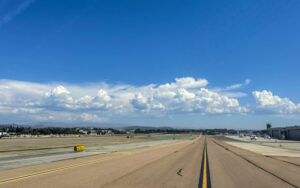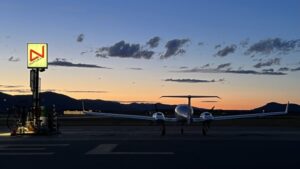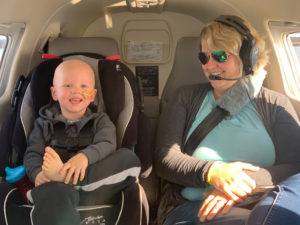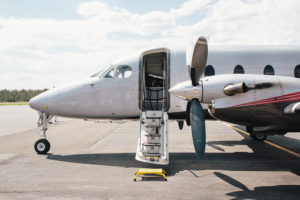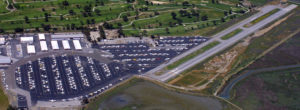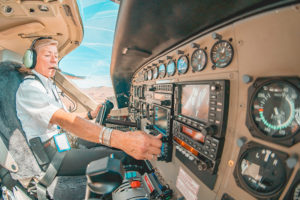You may be aware that in 2008 there were three Angel Flight accidents with
fatalities in other Angel Flight regions. To say this may be tempting fate, but to date Angel Flight West still has a perfect safety record while carrying passengers. An optimist would say that everything is working fine and we don’t need to change anything. A pessimist would say that we’re due and we need to do something immediately. A realist says that although our record is good, there is always room for improvement. In fact, I suspect that realism is the operating assumption of all good pilots.
Any time that situations like this happen, especially to operations like Angel Flight West, there is always the risk that there might be onerous rules and regulations created by either the FAA or by the organizations themselves to, if nothing else, show that the perceived problem has been recognized and reacted to. Bruce Landsberg of the AOPA Air Safety Foundation opined in a recent column in the AOPA Pilot magazine that organizations that provide medical support services (like Emergency Medical Service organizations and AFW) set their pilots up for accidents by something as simple as calling each flight a “mission.” The worry is that the pilot may take the fact that he/she is flying a “mission” as a military like requirement that the flight must be completed.
A variety of Angel Flight West individuals and groups including the Board of Directors have discussed and weighed in on the topic of safety and all of its ramifications in long and sometimes passionate discussions. There were no wrong opinions on this topic. Safety and anything that encourages safe operations is always right!
In the end, there was an agreement at all levels regarding what Angel Flight West should do. First and foremost, we chose not to react with some quick response. Instead, we decided to put together a plan that continues our existing focus on safety and encompasses changes to a variety of our existing presentations and documentation. For example, the Mission Orientation Presentation given to all new mission pilots has been substantially revised. Yes, the safety aspects have been enhanced, but, in addition, the rest of the presentation has been enhanced to help new pilots better learn and understand the details and nuances of flying Angel Flight West missions.
The Angel Flight West Mission To begin with, let’s resolve the question of the use of the noun “Mission.” While it can be argued that a pilot could accept a “mission” as a mandate, in the military sense that a flight must be completed, we believe that all Angel Flight West Command Pilots know the difference. The concern has less to do with the use of “mission” and more with the human empathy that might encourage a pilot to continue a risky flight because they want to help their passenger.
With that in mind, it is appropriate to restate what I see as the basic tenet that each and every Angel Flight West pilot should have emblazoned in their consciousness:
Safe missions start with a pilot’s expectations or lack of expectations.
With that in mind, no pilot is expected to:
- Accept any particular mission
- Fly or continue a mission in the presence of any doubt about completing it successfully
- Compromise safety in any way in order to complete a mission
Canceling a mission is considered a demonstration of good judgment and will never be criticized.
We believe that each and every Angel Flight West Command pilot already knows that the safety of each flight is their paramount responsibility so we’ll continue to refer to them as Angel Flight West Missions.
The Bigger Picture
Rather than continuing to expound on the Safety aspects here — the whole program will be communicated to all members in the near future — we would like to talk about the bigger picture by focusing on something much more important: our passengers.
While continued safety is a goal of this program, we also want to encourage our pilots focus on making each mission, for lack of a better word, more “Professional.”
Most of our passengers are relatively inexperienced in flying in general aviation aircraft. While we are doing them a service that they all appreciate, we know that they are often nervous about their flights. There is no question that our passengers already enjoy our pilot’s caring attitudes. But we believe we can do more. We believe that if our passengers see that everything about our flights feels well planned and professional, that they will feel more comfortable.
The easiest way to think about what we are trying to promote is to think of each mission as if you were flying a charter flight with a high paying customer.
What we would like to encourage are things like professional dress, setting and meeting schedules, safety conscious decision making, professional in-flight operations, early and decisive weather decisions, etc. Most and maybe all of us already meet these kinds of expectation, but we want to encourage all of our pilots to embrace them — for the comfort of our passengers.
The Execution
So now you’ve heard about some of these new ideas and changes and probably wonder how you can learn more. There is to be a Board of Directors meeting and a Wing Leader’s retreat in Portland, OR in mid-September. We will review all of the material with the Wing Leaders and they will then disseminate it within each of their wings. In addition, we will start incorporating this material into the rest of Angel Flight West’s programs and material. Expect to see professional/safety presentations at every Angel Flight West event. Look for safety related hints and ideas on the website, on the mission available list, and so forth. There is an AFW Safety Overview document that will be made available to everyone and there will be links on the website to a variety of safety related information (e.g. the AOPA Safety Courses) There will be more as well.
Nothing in the new program can be considered onerous. It is all common sense and designed to reinforce our continuing commitment to our passengers from a safety and a personal comfort standpoint.
In the meantime, if you are interested in learning about it now, want to contribute (we’d love to hear your ideas), or have questions, please contact Joe Shelton at jshelton26@yahoo.com.
Joe Shelton
Chairman AFW Safety Committee
Board Director, Angel Flight West
